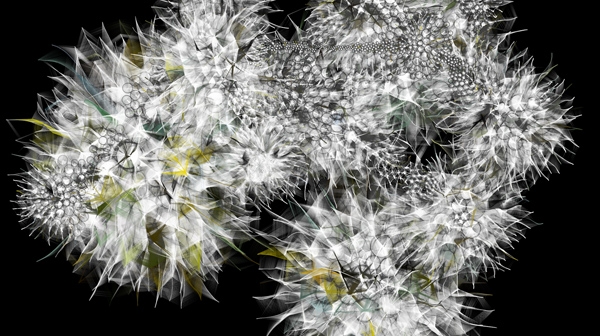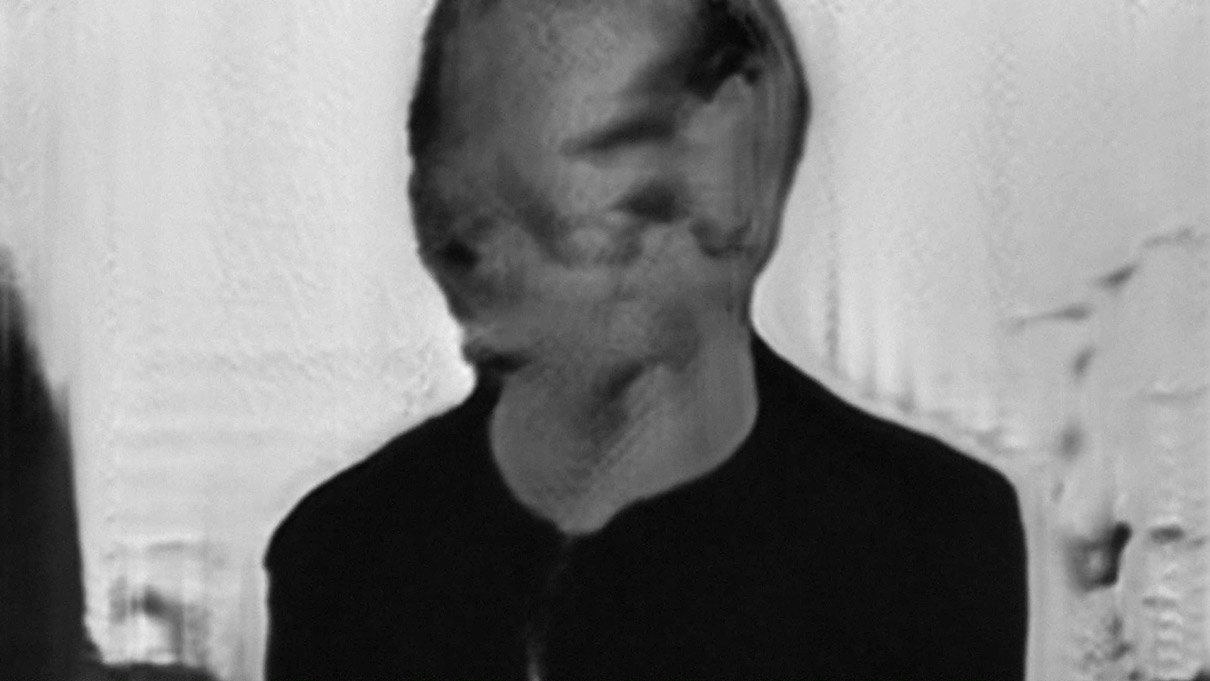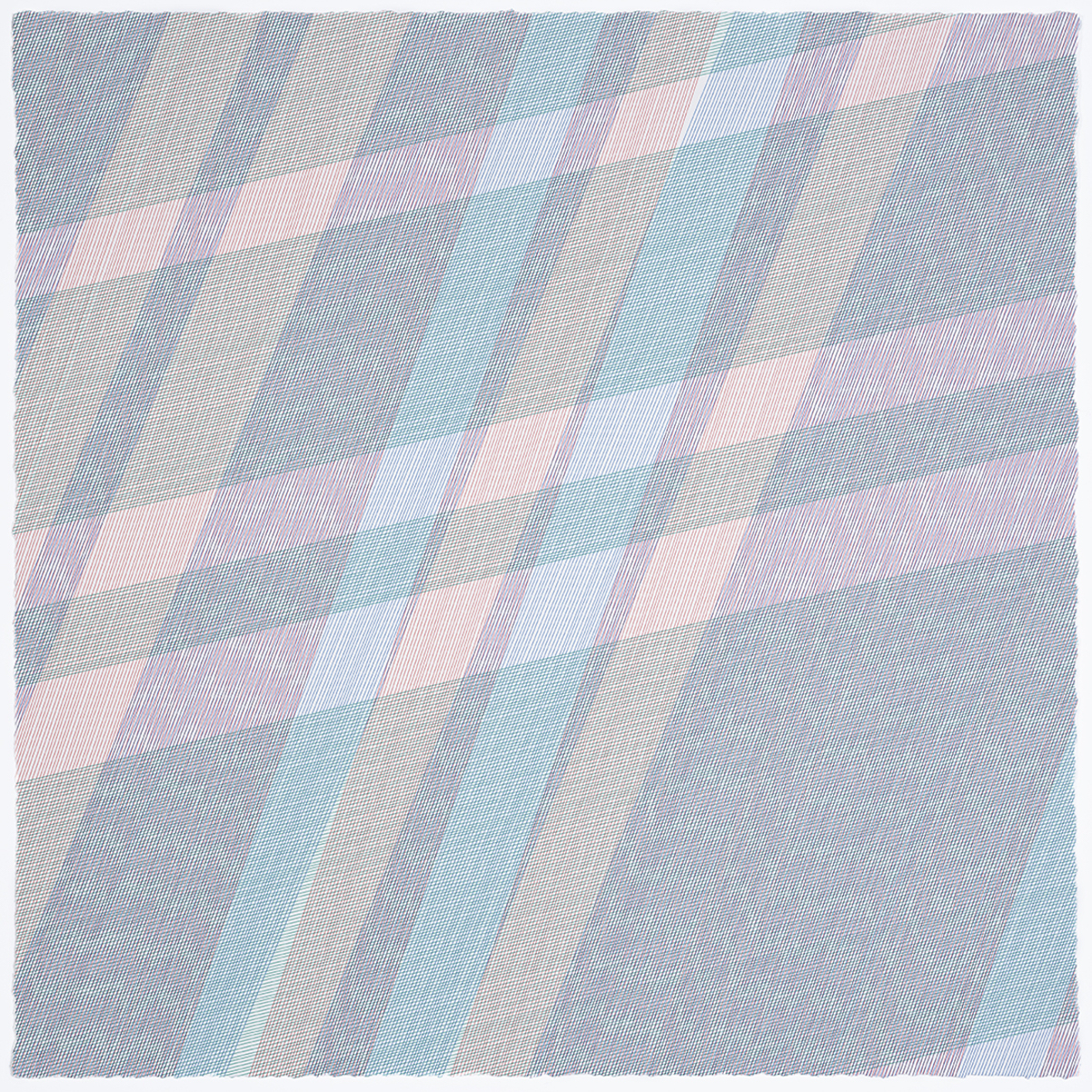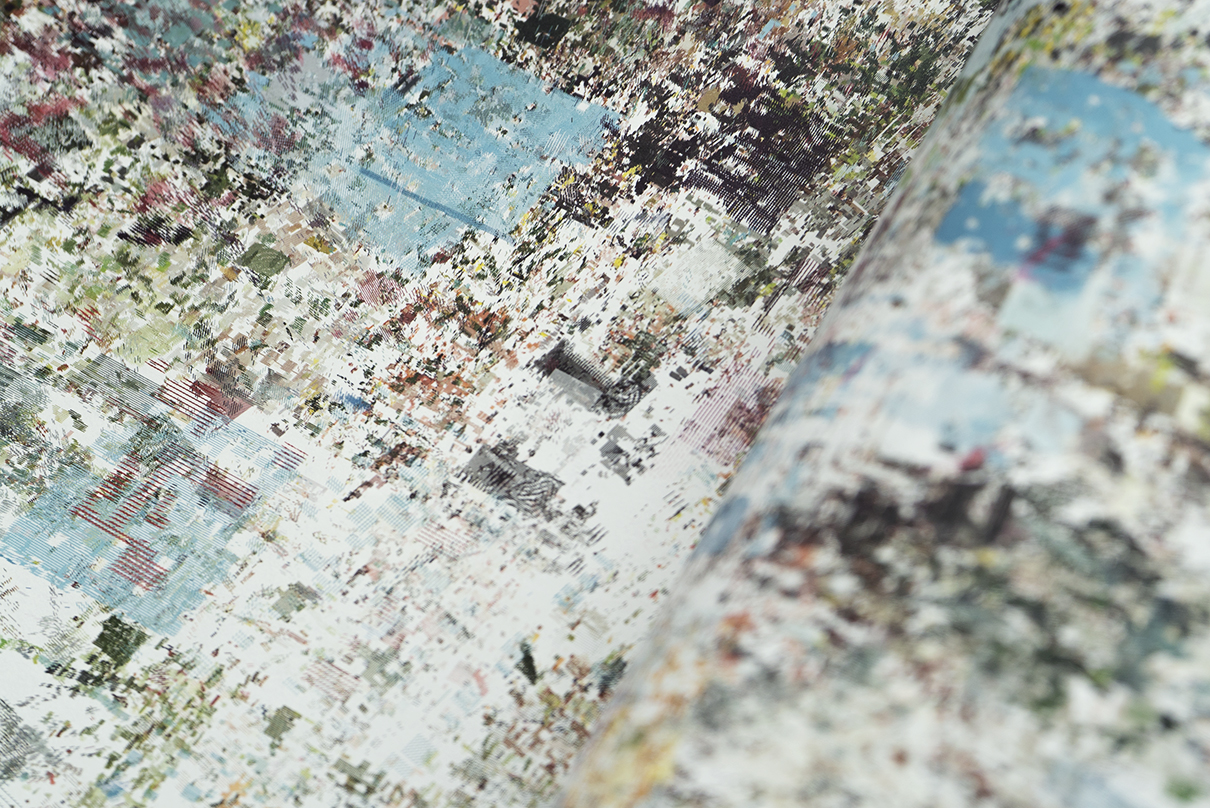Originally posted on Substack
“At the end of your creative adventure, you have a souvenir—something that you made, something to remind you forever of your brief but transformative encounter with inspiration” - Elizabeth Gilbert
The last couple of weeks have been quite eventful. I’ve taken a new job and there has been much transitioning that has occurred to get everything completed.
That being said, my work on aggregating / discovering the history of generative art has been progressing. It’s moving slowly but I’ve come across some fascinating resources that I’ll be sharing in the coming newsletters.
Eventually, my objective is to put together a meta-analysis of the last 50+ years of work created by understanding the eras of generative art by investigating how certain innovations in technology have helped changed the landscape. One big shift was the personal computer and the ability to put a brush into the hands of everyone. Another was the emergence of graphic libraries such as Processing that has helped further the adoption and creativity of generative arts.

Analoggraphik - Herbert W. Franke The analog graphic was built with a cathode ray oscillograph.
I’m excited to have with it, but there is much work to be done and hopefully we won’t be
Inspiration
Casey Reas
Many of you might know the works of Casey Reas
Reas’ software, prints, and installations have been featured in numerous solo and group exhibitions at museums and galleries in the United States, Europe, and Asia. His work ranges from small works on paper to urban-scale installations, and he balances solo work in the studio with collaborations with architects and musicians. Reas’ work is in a range of private and public collections, including the Centre Georges Pompidou and the San Francisco Museum of Modern Art. Reas is a professor at the University of California, Los Angeles. He holds a master’s degree from the Massachusetts Institute of Technology in Media Arts and Sciences and a bachelor’s degree from the College of Design, Architecture, Art, and Planning at the University of Cincinnati. With Ben Fry, Reas initiated Processing in 2001; Processing is an open-source programming language and environment for the visual arts




📸 Generative Graphics
{{ youtube d_Es_kGfke8 }}
“parallelResonance” is a body of paintings and animations based on the 11-dimensional hypercube and uses diagonal paths as a compositional building block. Diagonal paths are all the combinatorial possibilities of connecting two opposite points through a hypercube network, passing through each dimension once.
Inspired by his exploration of a “surrealistic geometry” in the mid-1960s, which consisted of exploring the tension fields created by the voids between geometric elements in visual composition, Mohr develops the same principle in this series through an algorithm. Here, two randomly selected and superimposed 11-dimensional diagonal paths describe white and black forms, projected on a colored background. At times, the black form interchanges its color with the background to further create new visual relations in form and tension fields.
{{ youtube yEZynnxWd2I }}
This is an ecosystem of interdependent creatures coded in p5js. There is a set of rules for the movement of each type of creature, implemented using physics simulations. These rules are simple but, when combined, produce interesting behaviours in a complex system.
The creatures move around the canvas with flocking behaviours which mimic flocks of birds or schools of fish. They also have their own independent “wiggle”, and are attracted to the centre of the frame. The particles are attracted to their original position, but repelled by the creatures. To add realism and nuance to the results, the size and colours of the creatures and particles are also given variety.
🏛️ Exhibits / Installations
An undulating kinetic artwork by Scale Collective blends organic movement and architectural forms in a mesmerizing installation. Created for the Constellations Festival in Metz, France, “Flux” is comprised of 48 beams of light that stretch 1.5-meters-long and are spaced 40 centimeters apart. Each is connected to a single mechanism that’s motorized and controlled by viewers through an interface, allowing for a synchronized performance of twisting and coiling patterns. “The formal multiplication of these lines coupled with micro variations of phases, time delays, speeds, and amplitudes allows us to sculpt an object 20 meters long, alive and evolving with a cyclical back and forth movement,” the French collective says. See more of the group’s dynamic projects on its site, Vimeo, and Instagram.
🚤 Motion
🔖 Articles and Tutorials

Why Love Generative Art?
Over the last 50 years, our world has turned digital at breakneck speed. No art form has captured this transitional time period - our time period - better than generative art. Generative art takes full advantage of everything that computing has to offer, producing elegant and compelling artworks that extend the same principles and goals artists have pursued from the inception of modern art.

On Generative Poetry: Structural, Stylistic and Lexical Features
This paper deals with key aspects of the Oulipo and Dada methods and their implementation in electronic generative poetry. Oulipian constraints such as acrostics, tautograms, simple numerical limitations and combinatory algorithms are easily integrated into digital environments. The analysis of structural, lexical and stylistic peculiarities of generative poetry is illustrated by permutational schemes (Poem.exe by Liam Cooke, Book of all Words by Józef Żuk Piwkowski), combinatory patterns (Frequency by Scott Rettberg) and syntactic templates (Dizains by Marcel Bénabou, Triolets by Paul Braffort) of electronic poems. Many combinatory and permutational electronic poems present technologically improved versions of the Oulipo constraints and Dada techniques such as open-form poetry and the use of image and graphic components in its structure. However, the electronic environment gives them an ambivalent status. Although the surface of an electronic poem looks open and random, its inward structure is preconfigured to use established parameters.
To note:
Dada - everyday objects that could be bought and presented as art with little manipulation by the artist. The use of the readymade forced questions about artistic creativity and the very definition of art and its purpose in society.
Ouilipo - a loose gathering of (mainly) French-speaking writers and mathematicians who seek to create works using constrained writing techniques. I

Dextro, One Of The Most Elusive Algorithmic Artists
Since the mid-90s, the hermetic and anonymous artist behind the name Dextro has been quietly creating some of the most pioneering algorithmic and generative art. Though his identity is a mystery, he is known for converging various styles, with work resembling luminous waves in one piece, and glitchy patterns in the next.
Fascinating article of an artist I had not heard of until just recently so I hope you enjoy his work!
{{ youtube U3cTXqvW3XU }}
Archimedian Solid
The Archimedean solids are distinguished by having very high symmetry, thus excluding solids belonging to a dihedral group of symmetries (e.g., the two infinite families of regular prisms and antiprisms), as well as the elongated square gyrobicupola (because that surface’s symmetry-breaking twist allows vertices “near the equator” and those “in the polar regions” to be distinguished; Cromwell 1997, p. 92). The Archimedean solids are sometimes also referred to as the semiregular polyhedra.
Visual Depth Cues

In a recent discussion with Louis-André Labadie the subject of “atmospheric perspective” came up. After trying out various rendering techniques, I was surprised with the effectiveness of this depth cue. I knew of a couple of other depth cues (the most obvious ones being perspective and shading), but I wondered if I knew all of them, and whether there would be any surprising ones, or ones that I might have been neglecting in my art. So I did a little research.
Books

Generative modeling is one of the hottest topics in AI. It’s now possible to teach a machine to excel at human endeavors such as painting, writing, and composing music. With this practical book, machine-learning engineers and data scientists will discover how to re-create some of the most impressive examples of generative deep learning models, such as variational autoencoders, generative adversarial networks (GANs), encoder-decoder models, and world models.